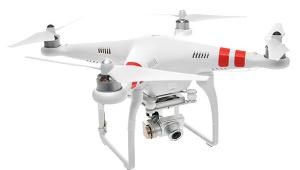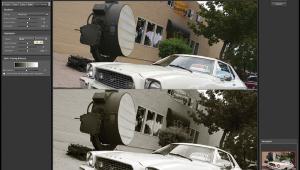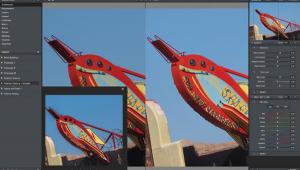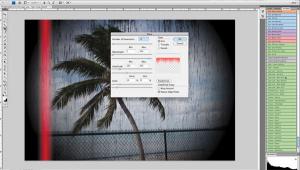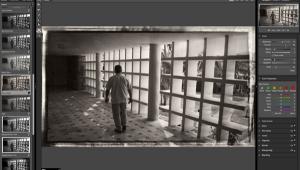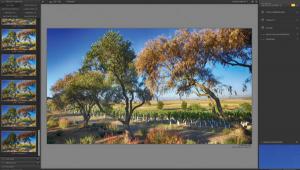Digital Innovations
Visiting The Law Of Unintended Consequences
| One of the most interesting
facts about digital image capture is that we pixel pushers seem to shoot
more images during a typical session than we did when using film for the
same kind of project. For a typical model test shoot, I used to expose
two to three rolls of film through my Contax or Canon EOS 35mm gear. Sometimes
these were 24 exposure rolls, so a model test shoot might normally consist
of 72-108 photographs, some of which would be scanned and 8x10 portfolio
prints made. In Pre-Digital Days Lost Your Image Files? Plug-Ins Of The Month Monochrome Conversions |
